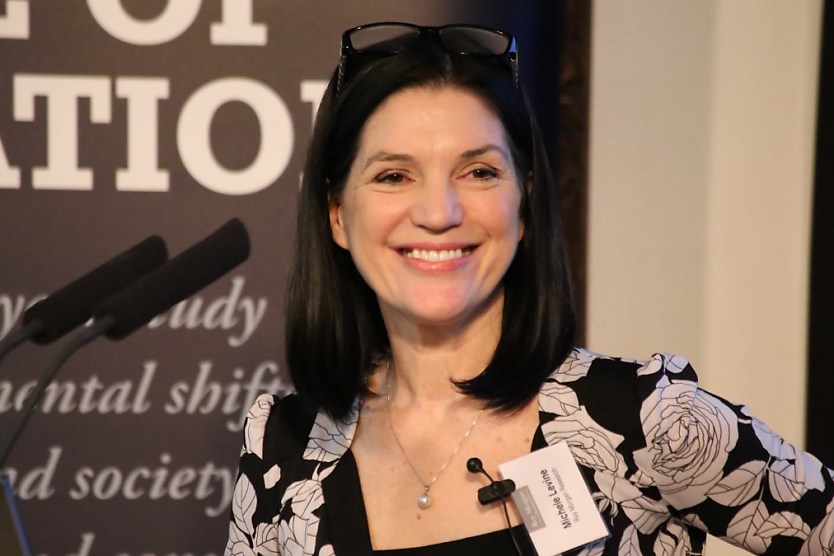WFH a core tenet of Labor electorates, research finds
SHARE THIS ARTICLE

Among the 45 federal electorates where a majority of working voters have WFH arrangements in place, Labor holds an overwhelming majority of those seats, according to new research.
As reported recently by HR Leader, work-from-home (WFH) arrangements are now a “permanent and distinct” feature of Australian employment – now, new research shows how segmented such WFH arrangements are across the political landscape.
According to Roy Morgan’s Work From Home research, there is a “clear divide” across Australia’s 150 federal electorates.
Nationwide, nearly half (47 per cent) of working voters (i.e. nearly 6 million Australians) WFH at least some of the time, but such flexibility is concentrated in 45 electorates.
In the remaining 105 seats, Roy Morgan said, most working voters continue to work in-person.
The findings follow Victorian Premier Jacinta Allan’s proposed legislation that would grant employees – in both the public and private sector – the right to WFH at least twice a week.
The highest WFH electorates are concentrated in Australia’s inner cities: Sydney (Labor, 67 per cent), Wentworth (independent, 66 per cent), Bennelong (Labor, 65 per cent), Kooyong (independent, 65 per cent) and Grayndler (Labor, 62 per cent) lead the nation.
“These affluent electorates are dominated by professional white-collar workers and are held by Labor or high-profile independents,” Roy Morgan noted, while electorates with the lowest levels of working from home are found in large regional and remote electorates, where onsite industries dominate.
As reported by HR Leader, the proposal has been rubbished by the business and professional communities alike: Australian Industry Group’s Victorian head, Tim Piper, called it “pure political theatre”, the Council of Small Business Organisations Australia said it would “steamroll” small businesses, and legal experts labelled it “unusually crude”.
Yesterday (Wednesday, 20 August), the Greens announced the party will push for federal legislation to WFH for two days per week, saying it will increase productivity.
Roy Morgan also found that NSW and Victoria account for the bulk of electorates where working from home is the norm: NSW has 21 electorates where a majority work from home, while Victoria has 18.
Perhaps most interesting of the findings is that, among the 45 electorates where a majority work from home, Labor “dominates” with 30 seats, “reflecting its strength in metropolitan hubs where hybrid work is most entrenched”.
Independents hold seven of the remaining electorates in the 45, mainly affluent inner-city areas like Wentworth, Warringah, Kooyong, Curtin and Clark, “highlighting strong work-from-home patterns in professional urban centres”, Roy Morgan said.
The research, Roy Morgan chief executive Michele Levine said, “exposes a great Australian divide in how we work”.
“These findings build on [recent] data, showing higher work-from-home rates in CBDs, larger workplaces, and higher-income brackets, highlighting how work type, workplace size, and earnings shape flexibility,” she said.
“It’s a complex issue, reflecting a deep divide between urban and regional communities, different industries, and the varying opportunities Australians have to work from home.”
Jerome Doraisamy is the managing editor of Momentum Media’s professional services suite, encompassing Lawyers Weekly, HR Leader, Accountants Daily, and Accounting Times. He has worked as a journalist and podcast host at Momentum Media since February 2018. Jerome is also the author of The Wellness Doctrines book series, an admitted solicitor in NSW, and a board director of the Minds Count Foundation.

